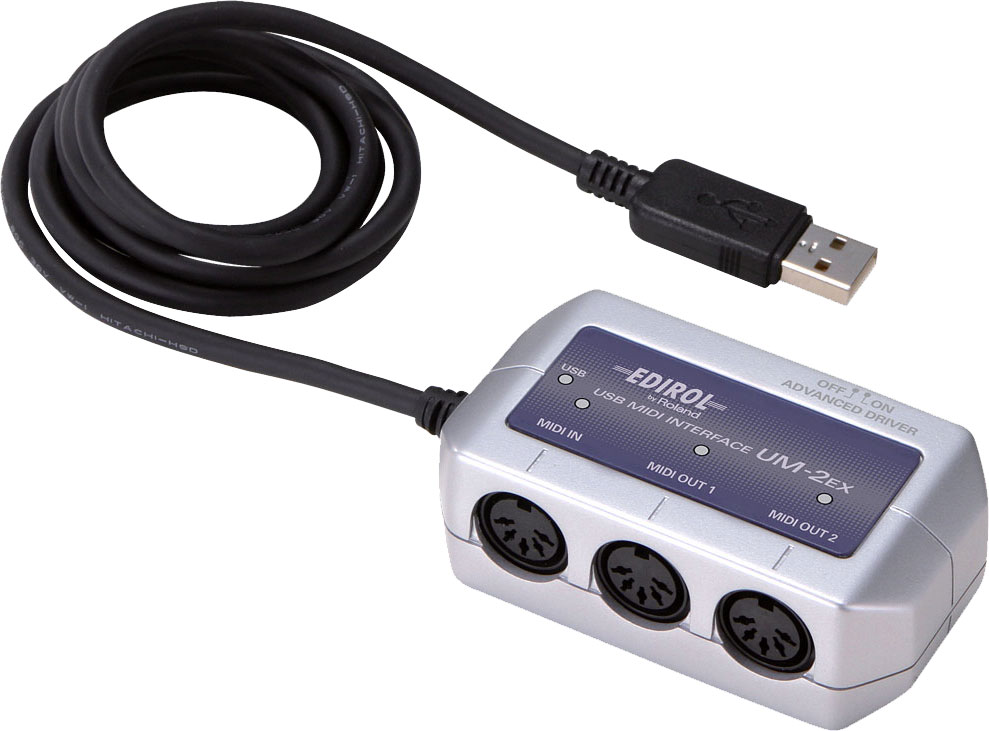

MIDI thru receives the same exact data as the MIDI in.MIDI in receives data from an external source and should always be connected to a MIDI out.MIDI out sends data to other MIDI devices and should be linked to a MIDI in.

These ports are typically found at the back of MIDI devices like keyboard synths or sound modules. MIDI ports have a MIDI out, a MIDI in, and MIDI thru. You’re going to need to link everything up with the correct MIDI cables via MIDI ports.

Let’s say for example you have a keyboard synth, and you want to send the information to your computer. So you got the idea of what MIDI interfaces are now how do they work exactly?

So what exactly are they sending ? MIDI Messages They act as a remote control to playing music inside of a device or computer. When you use your remote control, you are sending signals to the TV to perform these tasks. Your TV has a bunch of different controls built into it like turning on/off, raising the volume, or switching channels. Think of these interfaces as a TV remote control. Instead, it transmits data that is formed into binary codes (1's and zeros). Unlike audio transmissions, it does not carry sound. MIDI ( Music Instrument Digital Interface) sends signals to other controllers such as synths and keyboard controllers to operate digitally on computers. Over 30 years after its creation, it is still widely used in live performances and studio recordings. MIDI interfaces have a rich and exuberant history. Yes, we said communicate - and thanks to MIDI, that's a reality. Imagine all your music-making devices could communicate perfectly with each other?


 0 kommentar(er)
0 kommentar(er)
